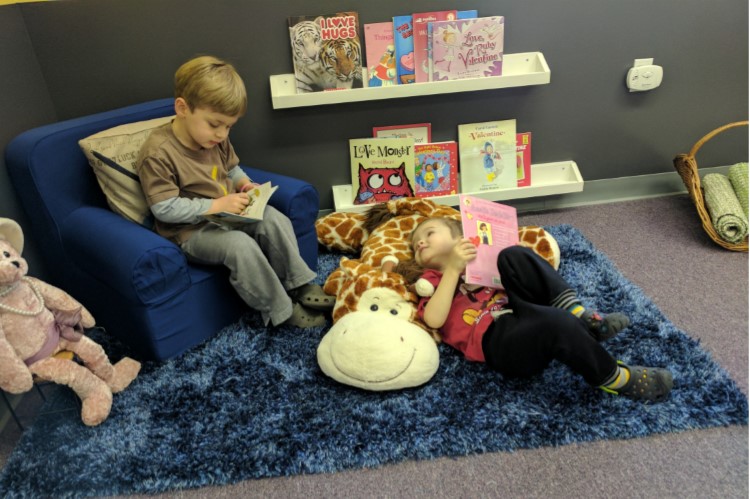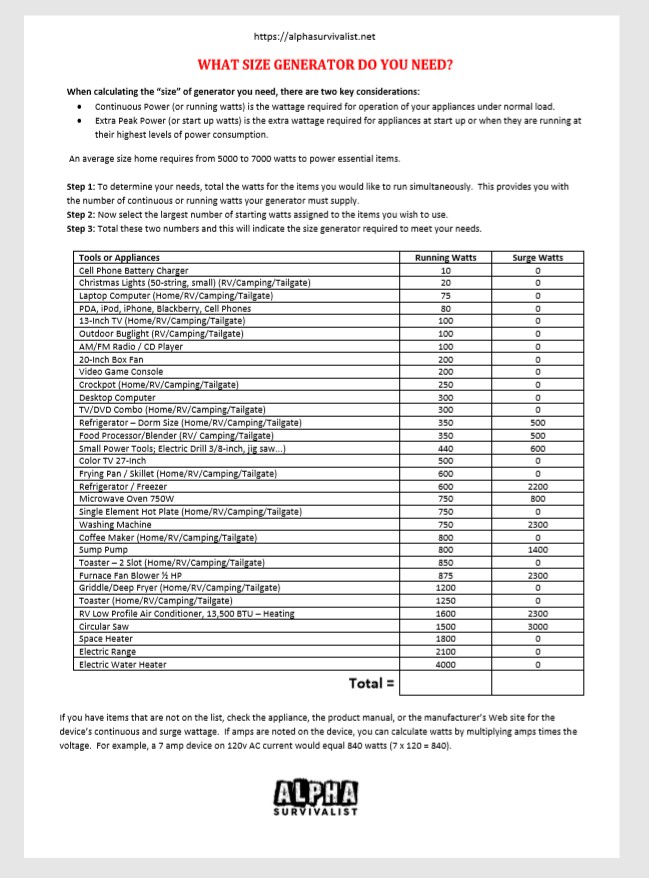



After the letter and phoneme level, the learners progress to the syllable and morpheme level, where they can distinguish the position of certain sounds in each word and pair those sounds. The reading skills develop through levels, and they are the lowest at the letter and phoneme levels, where the learners only recognize the pronunciation of certain letters. The phonics approach focuses on using bottom-up language processing, while the whole language approach and the language experience approach rely on top-down processing. The three main approaches to teaching reading are the phonics approach, the whole language approach, and the language experience approach. Both approaches are necessary, and they must be present in literacy instruction. The top-down reading skills focus on the meaning and context, and the bottom-up reading skills focus on decoding letters and words. When it comes to teaching reading, the teachers should develop two main reading skills, which rely on top-down and bottom-up language processing. Top-down and bottom-up language processing Experimenting with reading and writing.Components of learning literacy at a young ageĪccording to the International Reading Association & the National Association for the Education of Young Children (1998), there are several components of learning literacy at a young age: Developing literacy skills in foreign language instruction is another step to achieving native-like fluency, and it should start at the same time as the first language instruction. All four language skills should be included and practiced in the classroom, regardless of the unit theme or the age of the learners. Reading and writing are complementary language skills that are equally important as speaking and listening skills. Many kinds of research proved this point of view outdated, and the results were the opposite.

It is often considered that the reading and writing activities are very passive and even redundant for language learning. How can you develop reading and writing skills in your learners as a TEYL teacher? Read this academic essay to discover new, efficient methods for TEYL, or specifically, teaching reading and writing to young learners. The store and the freebie library are not the same thing – the freebie library has some extra materials like conference presentations and webinar recordings which are not available in the store ✨ Note: There is a new graphic to replace this one.


 0 kommentar(er)
0 kommentar(er)
